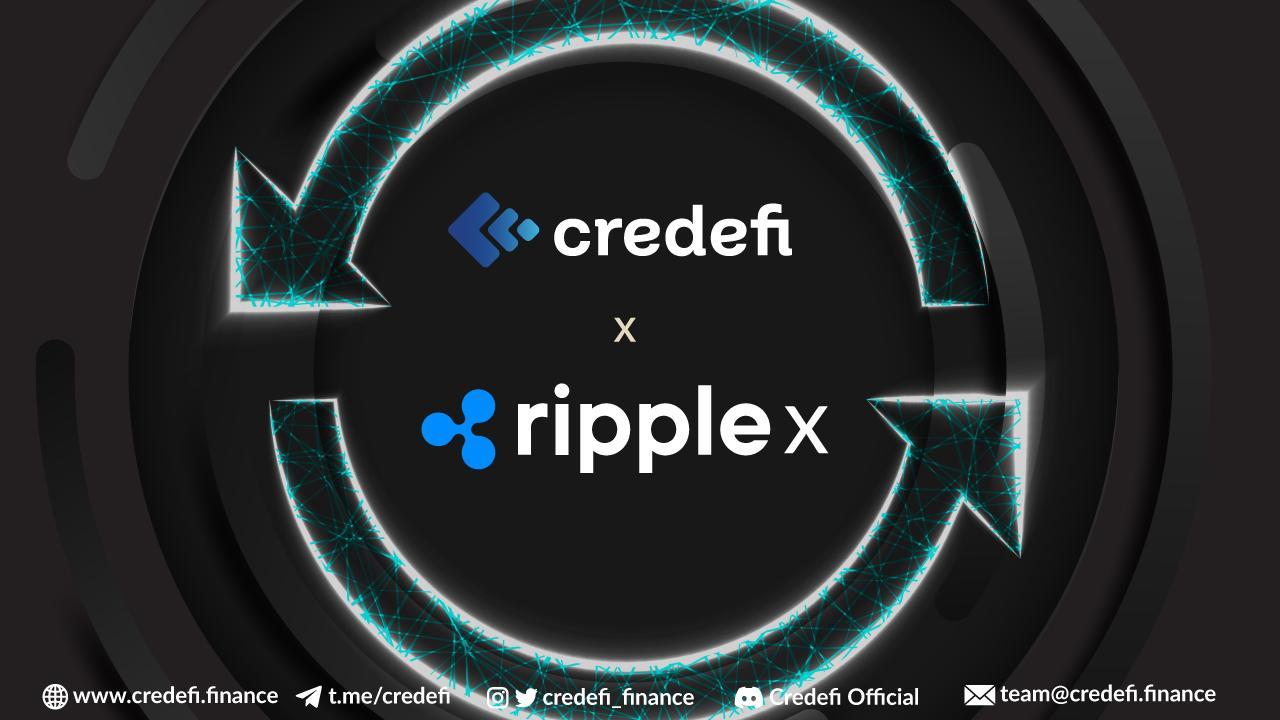
Repost of the original article posted on https://en.cryptonomist.ch/ by By Amelia Tomasicchio
The Cryptonomist conducted an interview with Markus Infanger of RippleX during the annual APEX Dev Summit that was held in September in Amsterdam, to talk about the latest news about Ripple’s development and more.
Summary
What is the latest news for RippleX?
In a nutshell, we are working on growth and innovation. The community is growing, we have more developers compared to last year, during this Apex Dev Summit we have hundreds of projects that are starting to build on the XRP Ledger, we have different programs like the grants program, new hackathons. All of this in a period where Web3 mainnets are probably not gaining but losing their hype.
Regarding XRP Ledger, from a technical point of view, we are super excited about the AMM amendment voting that is gonna be up on the network in a couple of days. That was proposed by RippleX engineers and we will be able to introduce a native AMM that is gonna to bring interesting features with it. The community is super excited about that, about how seamlessly it has been integrated in a decentralized protocol and it can bring liquidity on the network overall.
Also in terms of interoperability we have a few things in the pipeline as a crosschain bridge proposal which should be later this year. We have the root network as well, which is basically a separate project building a metaverse oriented network that integrates with the NFT standard to the XRP Ledger using XRP gas token. So you can see in multiple directions that there are a lot of innovative things happening on the root network but on XRPL as well.
How decisive do you think tokenization will be in the coming years and how will it impact the web3 world?
Tokenization has a massive role. It’s the entrance gate from the world we know into Web3. When you look at the total sum of existing real world financial assets at large, we are talking about over a quadrillion dollars which in terms of total of the rest of the market is massive.
Blockchain technology can really pave the way to remove the frictions within the traditional financial market and bring efficiency, reducing costs and making it more seamless for everybody to move, manage and store these types of assets.
Even the larger top 20 banks in the world are having an active blockchain strategy and tokenization is one of the key areas they are looking into. Even BlackRock said this is gonna be the next generation for the financial market.
How are you working to accelerate the development of the XRP ledger infrastructure?
Together with this community. There are programs that drive community growth, whether it’s the one billion XRP fund to support the grant program or the XRP accelerator program which Ripple helps to run together with the community who review projects.
I think there are more than a thousand of projects on the XRPL. There are also some key stakeholders that really help around the ledger performance such as XRP Labs that is helping to support a lot of infrastructure elements, and the XRPL Foundation.
What are the scalability and interoperability limits of XRP ledger?
I would say one of the key differences for the XRP Ledger is that it is a very efficient and scalable blockchain. That was really one of the design principles since the beginning: transactions happen in 3 to 5 seconds, very reliably for over a decade now. There are over a million transactions a day now and 2.6 billion transactions have been facilitated on the XRP Ledger. That is more than Ethereum by the way. From the outset it’s a very efficient blockchain.
Of course XRPL impact on the real economy increases and so increasing performance will be an important aspect. So this ongoing work in terms of usage, improving fundamentally infrastructures, is something that Ripple X is focused on but is also something that the community is working on.
Credefi.Finance 2.0 has just gone live on XRPL. How does the protocol make “innovative lending”? Could you summarize how the platform works for our readers?
I would describe this as a Web 2.0 or CeFi solution so what is basically does is that stablecoin holders on the XRPL can lend their stablecoins on a centralized platform, Credefi, which has a rigorous risk management structure and it has zero failure so far and basically it gets fund, so whatever real world needs to have capital because they are struggling having capitals by the existing banking system. I think they are mainly focusing on the manufacturing areas.

 379
379




 Prev. article
Prev. article 